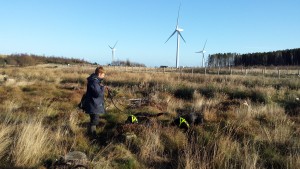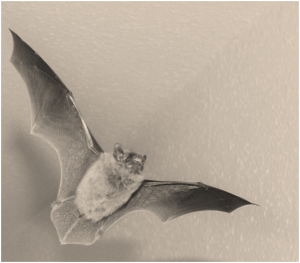Survey
There are approximately 1100 species of bats worldwide, which account for almost one fifth of 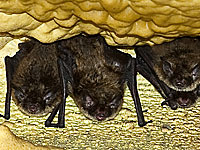 mammal species across the planet. Around 70% of these are insectivorous. 18 species are known to breed in the UK, although this number decreases as you go north. Bat populations have suffered dramatically from loss of natural and man-made roost sites, habitat fragmentation and impoverishment of feeding areas.
mammal species across the planet. Around 70% of these are insectivorous. 18 species are known to breed in the UK, although this number decreases as you go north. Bat populations have suffered dramatically from loss of natural and man-made roost sites, habitat fragmentation and impoverishment of feeding areas.
Some bat species have evolved to exploit specific habitats or prey types. The noctule, for ex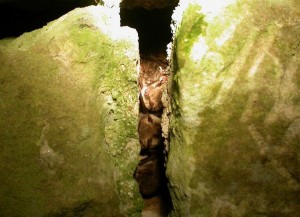 ample, captures and eats flying beetles, whilst brown long-eared bats are specialist gleaners capable of capturing insects from leaves in the canopies of trees. The Daubenton’s bat has evolved to capture aquatic insects by trailing its comparatively long and hairless legs in the water as it flies over rivers, streams and ponds. In contrast, the UK’s most numerous bat, the common pipistrelle, is less specialist and occurs across most of the country.
ample, captures and eats flying beetles, whilst brown long-eared bats are specialist gleaners capable of capturing insects from leaves in the canopies of trees. The Daubenton’s bat has evolved to capture aquatic insects by trailing its comparatively long and hairless legs in the water as it flies over rivers, streams and ponds. In contrast, the UK’s most numerous bat, the common pipistrelle, is less specialist and occurs across most of the country.
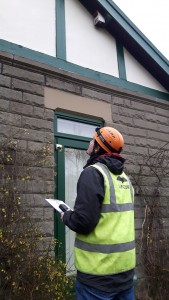
Most bats have several roost sites that they use at different times of year. In winter, they generally require a location with constant temperature and high humidity for hibernation. Females congregate together in late May and June to give birth and suckle their young. These maternity roosts can be used by as little as 2 or 3 females, but large roosts can include in excess of 1000 mothers. Males tend to roost singly or in small groups throughout the year.
Bats were listed as Priority Species in most Local Biodiversity Action Plans and are heavily protected under UK and European law.
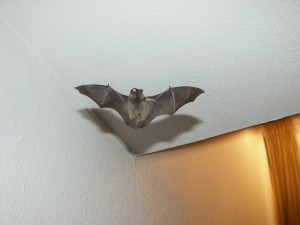 There are several types of bat survey that can be undertaken, but all follow prescribed methodologies. Buildings, trees and other structures can be physically searched for opportunities for, and evidence of, bat occupation. This can be time consuming, depending on the complexity of the structure, and require the use of specialist investigation equipment like endoscopes. If bat droppings are found these can be sent to a specialist laboratory for DNA analysis to provide species information.
There are several types of bat survey that can be undertaken, but all follow prescribed methodologies. Buildings, trees and other structures can be physically searched for opportunities for, and evidence of, bat occupation. This can be time consuming, depending on the complexity of the structure, and require the use of specialist investigation equipment like endoscopes. If bat droppings are found these can be sent to a specialist laboratory for DNA analysis to provide species information.
Dusk emergence and dawn return surveys are carried out by experienced bat surveyors equipped with bat detectors to observe potential roost sites and record the locations, species and numbers of bats emerging from or returning to the site.
 Remote detection and recording of bat activity can be achieved with infra red video cameras and remote bat recorders. Sound analysis computer software is used to confirm bat species.
Remote detection and recording of bat activity can be achieved with infra red video cameras and remote bat recorders. Sound analysis computer software is used to confirm bat species.
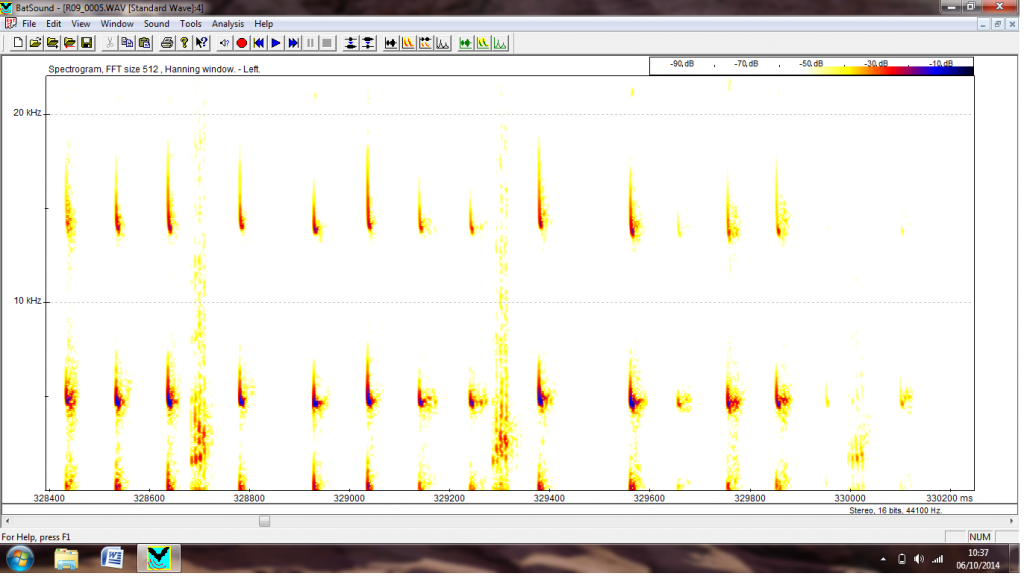
Surveys of foraging bats to identify bat use across a wider area are often implemented to gain an understanding of how the animals make use of features in the wider countryside. Monitoring of windfarm sites post development uses a combination of techniques including Scent Detection Dogs specifically trained to find bat carcasses.
Legislation
All bats and their roost sites are fully protected under the Wildlife and Countryside Act 1981 (as amended). The Act makes it an offence to:
- intentionally kill, injure, take, possess or trade in any bat species (as listed in schedule 5);
- interfere with places used for shelter or protection or intentionally disturb animals occupying such places
All bat species are listed under the Wildlife and Countryside Act 1981 (as amended) and the Conservation of Species and Habitat Regulations 2017 (as amended) (EU Exit). Under this legislation a person commits an offence if they:
- deliberately capture, injure or kill any bat;

- deliberately disturb any species in such a way as to be likely significantly to affect:
- the ability of any significant group of animals of that species to survive, breed or rear or nurture their young
- the local distribution or abundance of that species
- damage or destroy a breeding site or resting place.
All UK bat species are also listed on Appendix III of the Bern Convention (Convention on the Conservation of European Wildlife and Natural Habitats, 1982) and, except the pipistrelle, are listed in Appendix II.
All UK bat species are protected under the Agreement on the Conservation of Bats in Europe (under the Bonn convention on the Conservation of Migratory Species of Wild Animals).
The UK BAP (2007) included seven bat species on the priority species list and had plans for five, including soprano pipistrelle. The NERC Act 2006 adopted the species listed in the UK BAP and these are included as Species of Principal Importance under the legislation.
Click here to read more about bats and the law
